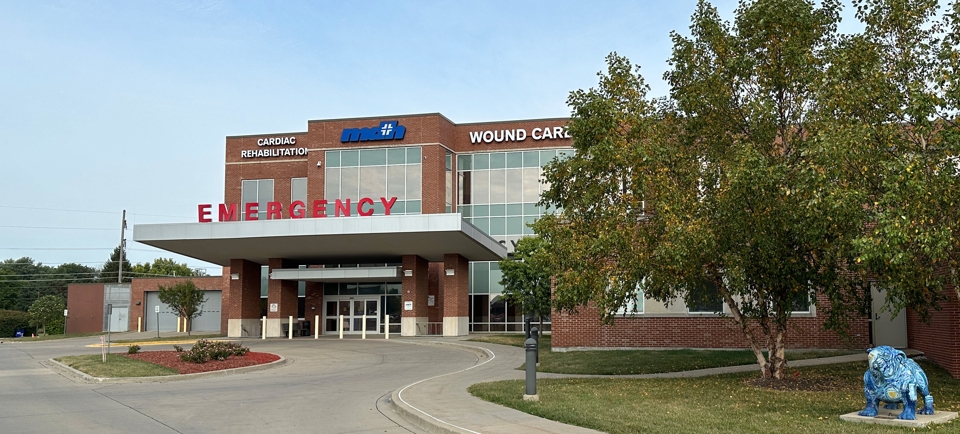MACOMB, Ill. – In a recently released economic impact report by the Illinois Health and Hospital Association, McDonough District Hospital continues to provide a major economic impact for the McDonough County area.
The IHA report highlights MDH’s annual economic impact of $186.7 million and generating nearly 1,300 jobs.
“McDonough District Hospital is proud to be a powerful economic driver that is committed to our patients and local communities in providing the best patient care experience in a challenging health care environment,” said Bill Murdock, Vice President of Finance at MDH. “We are seeing heightened excitement with the recent (obstetrics) opening of the nearly $8 million dollar Dolores Kator Switzer Women’s Center, and our goal is to build on that momentum by providing the highest quality health care possible.”
IHA’s announcement highlights the significant role McDonough District Hospital plays in the community, and its direct contribution to the local and state economy while demonstrating the ripple effect of the dollars brought into the community and jobs generated.
Overall, Illinois hospitals and health systems account for 495,000 jobs and a statewide impact of $101.3 billion. According to the IHA a total of $45.3 billion accounts for payroll that supports good-paying jobs.
In addition, the report identifies the economic impact of Illinois hospitals statewide:
- One in every 10 Illinois jobs is in healthcare, with the state’s hospitals and health systems employing about 285,000 people, representing 205,000 direct jobs (FTEs).
- Illinois healthcare employment has grown by 32.1% between 2000 and 2019. In contrast, overall Illinois employment, after declining in 2010, has grown by 2.8% in recent years.
- Healthcare and social assistance leads Illinois’ job growth, creating MORE Illinois jobs for working families than any other industry. Between 2000 and 2019, this sector created 211,300 new jobs compared to manufacturing losing 279,900 jobs. In addition, the sector is expected to grow 13.5% by 2026.
- For every hospital job in Illinois, 1.4 jobs are created in other sectors.
Also, per the IHA report, for every dollar hospitals spend, an additional $1.40 is generated in spending in state and local economies.
Over the past 60-plus years, MDH continues to engage in a variety of initiatives and services to improve one’s individual health and the whole community’s well-being.
MDH recently opened the Dolores Kator Switzer Women’s Center for obstetrics and digital imaging. The project, totaling more than $8 million, covered 20 months since the groundbreaking ceremony in June 2018.
“Illinois hospitals and health systems provide vital health care 24 hours a day, seven days a week, 365 days a year to millions of people across our state, regardless of their ability to pay. Often unnoticed, though, is the critical impact Illinois hospitals have on their local economies and our state’s economy,” said IHA President and CEO A.J. Wilhelmi. “In addition to serving as centers of healing and hope, Illinois hospitals are also powerful drivers of economic activity and jobs. They spur additional economic activity through spending on goods, services and capital improvements.
“To continue to attract business, create jobs and maintain community health, it is critical that Illinois have strong and adequately funded health care providers,” Wilhelmi adds. “Illinois hospitals have sustained billions and billions of dollars in state Medicaid and federal Medicare cuts since 2010. Just as lives depend on our hospitals, our hospitals depend on the support of government and the public.”
About the IHA:
The Illinois Health and Hospital Association, with offices in Chicago, Naperville, Springfield and Washington, D.C., advocates for Illinois’ more than 200 hospitals and nearly 40 health systems as they serve their patients and communities. IHA members provide a broad range of services—not just within their walls, but across the continuum of healthcare and in their communities. Reflecting the diversity of the state, IHA members consist of nonprofit, investor-owned and public hospitals in the following categories: community, safety net, rural, critical access, specialty and teaching hospitals, including academic medical centers. For more information, see team-iha.org. Like IHA on Facebook. Follow IHA on Twitter.





